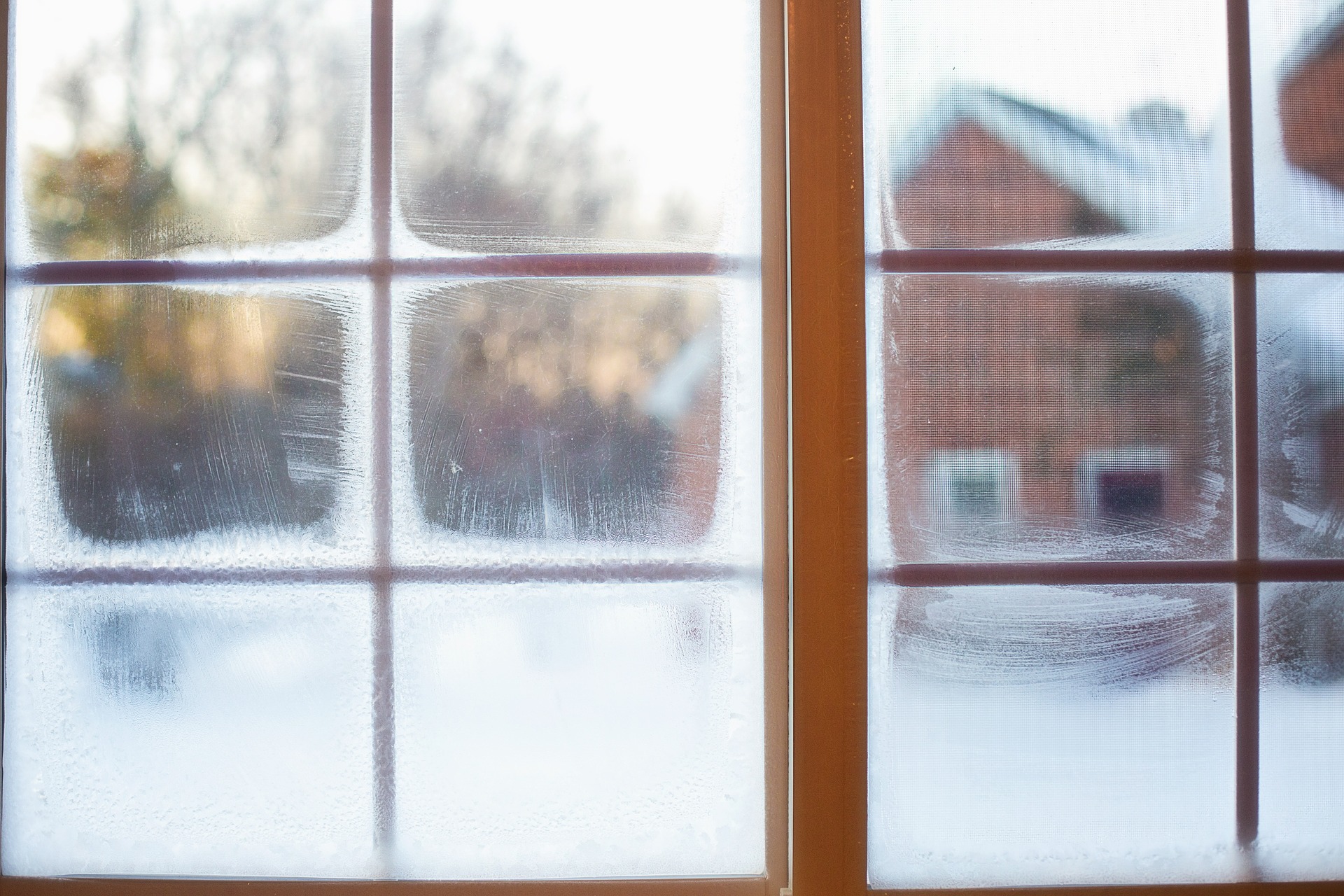
Indoor air quality during a COVID winter
Most of us are very aware of the harmful effects to our long-term health of breathing in polluted air when we’re outside. However, the harmful effects of indoor air quality are far less well publicised. In northern Europe, we spend a shocking 90% of our time indoors (on average) – at home, at work, at school, or when we go to shops, pubs or restaurants. It is obvious, therefore, that if we are not applying urgent attention to the quality of air in our indoor spaces, we are risking our own, our co-workers’ and our families’ health.
It is important to note that poor indoor air quality has been linked to lung diseases like asthma, COPD and lung cancer, not to mention the increased transmission of certain airborne pathogens – you don’t need me to tell you of at least one that has caused untold disruption and misery these past months.
The events of this year’s COVID-19 pandemic have highlighted just how vulnerable we are to infection while at work, shopping or socialising. And though this year has been – to reiterate a much over-used but relevant word – ‘unprecedented’, it remains true that bad indoor air quality and lack of ventilation increases the risk of transmission of viruses and bacteria.
Even in a non-pandemic year (hopefully not too far away), do we really want to be exposing ourselves, our friends and families to infection from related cold and flu viruses if we can help it?
In a ‘normal’ year, the viruses we have circulating in the population may be less dangerous and disruptive, but still the answer must surely be no. However, by not addressing our indoor air quality, regardless of this particular pandemic, we are doing just that.
The good news is that there are solutions, many of which are not only cheap and easy to implement but may end up saving you – in your home and business – money in the long run.
More generally – and viruses aside – indoor air pollution presents itself as dust, dirt or gases inside a building that can be damaging to our health if we breathe them in.
Types of air pollution can include:
- particulate matter (PM) – a mix of solids and liquids, including carbon, complex organic chemicals, sulphates, nitrates, mineral dust, and water suspended in the air;
- gases – carbon monoxide, nitrogen oxides, sulphur dioxide.
Indoor air pollution can be caused by many things, including:
- how you heat your home;
- poor ventilation;
- how you cook your food;
- damp and humidity;
- chemicals in cleaning products;
- some building materials.
People living with lung conditions like asthma or chronic obstructive pulmonary disease (COPD) are particularly susceptible to bad air quality, but everyone is at risk from indoor air pollution.
It’s also a known fact that if you have a lung condition you may also end up spending more time indoors, compounding the problem, and meaning that you will have more contact with the things that affect the air you breathe, including smoke, cleaning materials or mould.
Children are particularly vulnerable to poor indoor air quality, as their lungs are still developing. Their airways are smaller, so inflammation caused by pollution can cause them to narrow more easily than in older people. Pollution can also interact with allergens to cause asthma in children.
Winter is the most damaging time. It may be a nice idea to feel cosy, sealed inside against the cold and wet weather during the chillier months of the year. But for people who are sensitive to indoor allergens or have respiratory problems, winter can exacerbate them.
Stale indoor air and central-heating systems can increase the amount of allergy-inducing dust mites, pet dander, and mould spores circulating through your office or home.
Because most of the things that cause the problems are odourless, in many cases there’s nothing to alert you to the problem other than the symptoms these allergens can trigger. And not all the symptoms are what you might expect. Though chest and nasal issues may be easy to diagnose as triggered by allergens and airborne pollutants, other symptoms such as fatigue, sleepiness, and even digestive issues, can occur as a result of bad air quality. In a work environment, this can seriously affect productivity; 70% of workers say poor air quality makes them less productive.
With COVID-19 set to make us stay inside (living and working) more than ever this winter, these are all issues we should be addressing now. By implementing solutions to improve air-quality in our homes, offices and other indoor spaces, we will be tackling not just this virus but paving a way to a healthier, cleaner future, and going some way to futureproofing ourselves from events of a similar nature.
Indoor air quality is one of the key reasons why DRS is working in partnership with a number of other industry leading organisations and individuals – and also with the British Standards Institution (BSI) and our sister company EFT – to come up with a new set of standards for the health and wellbeing of non-domestic buildings.
This Publicly Available Specification (PAS) will create a set of standards for healthier buildings with the aim of improving the health and wellbeing of its occupants. It will direct how design, installation, operation, maintenance and ongoing monitoring, measuring and reporting can influence factors such as those outlined previously, and it will determine benchmarking parameters to develop a Wellbeing Performance Rating that could be applied to any building.
If you want to find out more about how poor indoor air quality can impact your health and what you can do to improve it, call Mark Phillips on 07534 321002 or email markphillips@drsfmservices.co.uk
If you want to find out more about the new Publicly Available Specification (PAS 3003) and would like to get involved and contribute to its development, contact us at info@eftconsult.co.uk
Mark Phillips
Mark Phillips is managing director at DRS, which is part of the RD Group – an innovative, high quality, multi-faceted group of companies providing full building services solutions.
He has over 40 years’ experience in the industry and has held several operational managerial and directorial positions with some of the UK’s largest firms since beginning his career as an electrical apprentice.
The role that he holds with DRS has made use of his expertise in: business planning; commercial and financial responsibility; HR; technical reviews; new products and processes, including Indoor environmental quality; building sensor technology; controlled environment agriculture; and resource to energy.
During his extensive career, Mark has been instrumental in the successful development of several business ventures, leading transformational change at project, programme and organisational levels.

